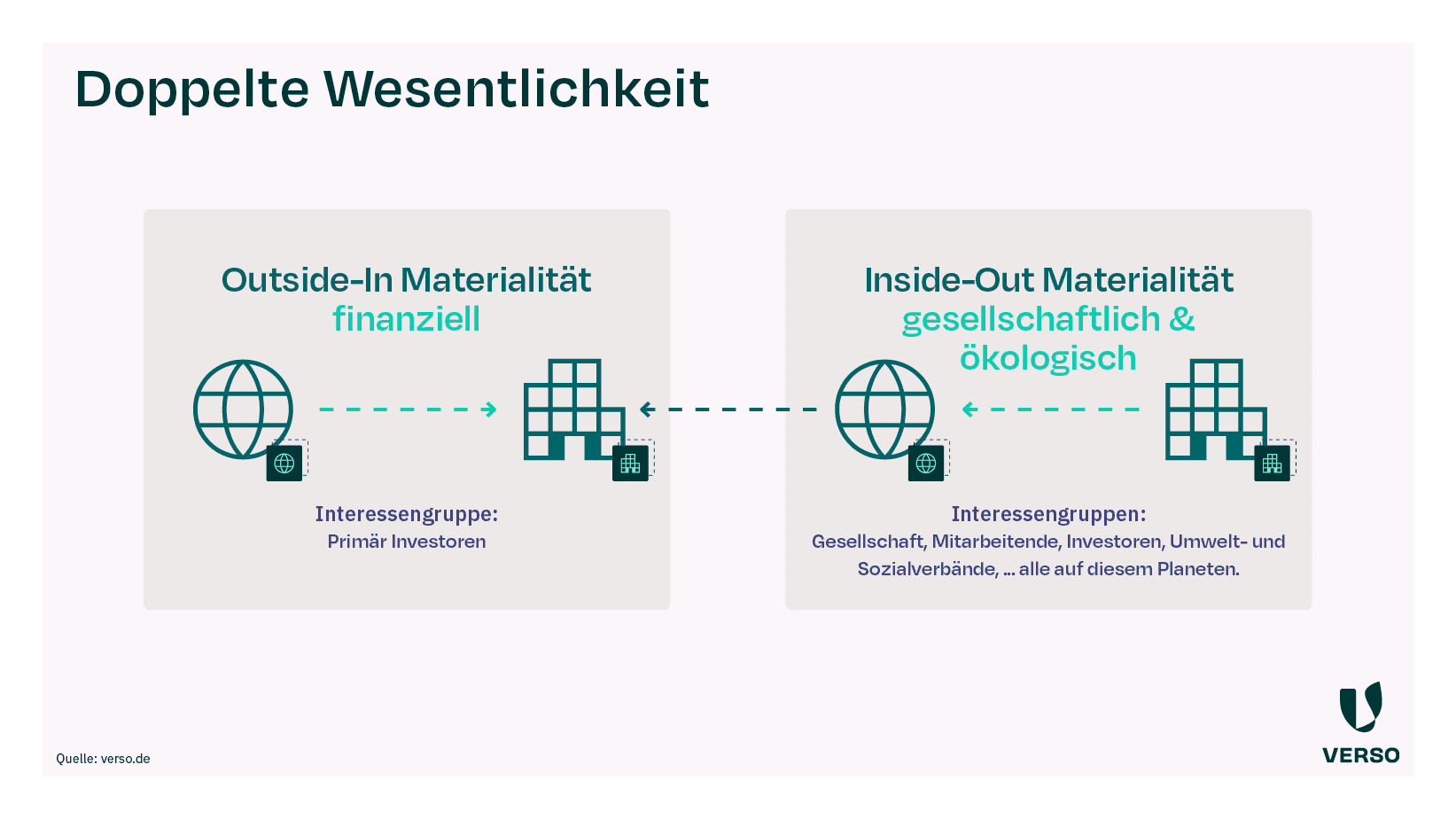
Structuring an ESRS report: How to ensure CSRD compliance
Tens of thousands of companies are required to publish a CSRD compliant sustainability report for the first time. Many are now faced with over 1,000 data points and wondering: How do we turn this into a structured sustainability report? What is the structure of an ESRS report?
This article will guide you through the process and provide you with a checklist to help identify the key data points for your report.
Creating an ESRS report – What needs to be done?
For most companies, preparing a CSRD-compliant sustainability report is uncharted territory. So far, only a few have completed this process, meaning you are not alone. To understand the structure of an ESRS report, it is helpful to first familiarize yourself with the individual ESRS standards. The next step is to focus on the disclosure requirements and data points that are most relevant to your company. To support you in this process, we have prepared a practical checklist.
What do CSRD and ESRS require?
Being affected by the CSRD means that a company is required to publish a sustainability report as part of its management report. This sustainability report is not meant to be a marketing brochure but a comprehensive document covering environmental, social, and governance (ESG) topics.
A key aspect: Companies do not have the freedom to choose their reporting framework – the ESRS are the mandatory standards they must follow. Additionally, just like the management report, the sustainability report must be audited by external auditors. This makes it even more crucial to understand the framework, be familiar with the structure of the report, and ensure that you report on the correct, material data points.
How should I approach the double Materiality Assessment?
Speaking of key data points: The double materiality assessment is the core of the ESRS report.
Download the full blog post now and gain access to:
- Tips for conducting the double materiality assessment,
- An overview of the ESRS structure,
- In-depth insights into the content of the ESRS standards, and
- A checklist for identifying the key material data points.
Before we continue
The content on this website is the result of the work of people who immerse themselves in the world of ESG with much passion and care. We take the time to present complex topics in an understandable way and provide practical tips. To prevent our work from being copied or used as AI training material, we ask you to leave us your e-mail address for particularly extensive and detailed content such as this. You will then receive the article as a PDF directly in your mailbox.
This might also interest you:
Subscribe to our newsletter!
Sign up and receive regular news about:
- Current ESG topics and legislative changes
- Individual advice from the VERSO experts
- News about VERSO
- Trusted by 250+ customers



